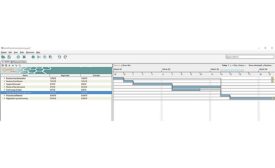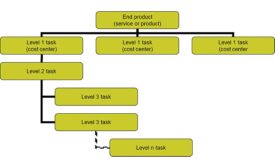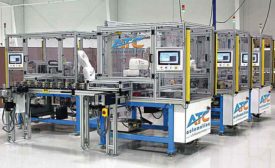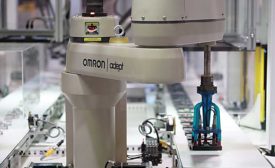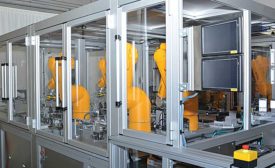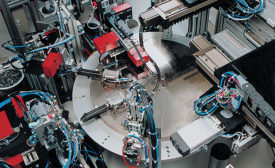Home » Keywords: » project management
Items Tagged with 'project management'
ARTICLES
Six Reasons for Capital Equipment Disaster
Capital projects fall short of expectations for reasons that are mostly avoidable
August 12, 2019
The Challenge of Automating a Manual Process
A systems integrator can provide invaluable assistance when automating a previously manual process
August 9, 2019
Project Management for Assembly Automation
When purchasing an automated assembly system, plan well, build on the experience of others, and work with a solid team.
March 11, 2019
No at the Expense of Yes
Saying no helps fight public enemy No. 1 — dilution.
October 1, 2013
Never miss the latest news and trends driving the manufacturing industry
Stay in the know on the latest assembly trends.
JOIN TODAY!Copyright ©2025. All Rights Reserved BNP Media.
Design, CMS, Hosting & Web Development :: ePublishing
